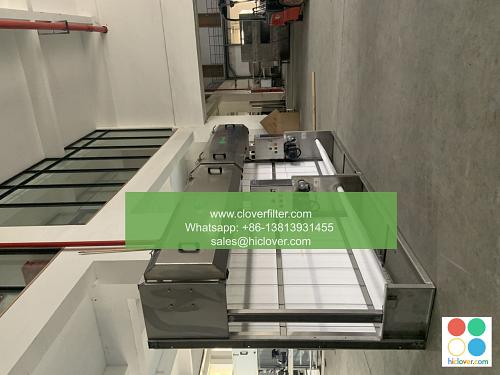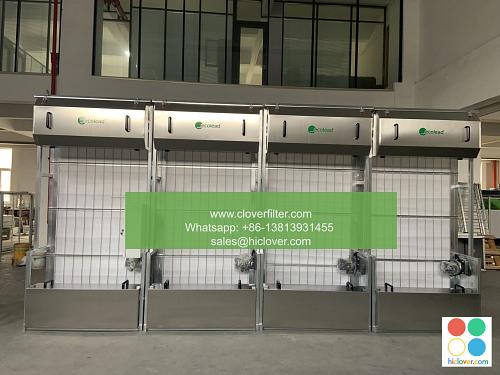The Benefits of Energy-Efficient Air Filters for Arts and Culture Centers

Energy-Efficient Air Filters: A Breath of Fresh Air for Arts and Culture Centers
Arts and culture centers are vibrant hubs of creativity and community, but they can also be hotbeds of allergens, pollutants, and other airborne contaminants. Traditional air filters may not be enough to keep the air clean and healthy, especially in areas with high foot traffic or unique environmental conditions. That’s where energy-efficient air filters come in – offering a solution that not only improves indoor air quality but also reduces energy consumption and environmental impact.
The Benefits of Energy-Efficient Air Filters
Improved Indoor Air Quality
Energy-efficient air filters are designed to capture 99.97% of particles as small as 0.3 microns, including dust, pollen, and other allergens. This means that arts and culture centers can provide a healthier environment for visitors, staff, and performers, reducing the risk of respiratory issues and other health problems.
Reduced Energy Consumption
Traditional air filters can be energy-hungry, requiring more power to operate and maintain. Energy-efficient air filters, on the other hand, use advanced technology to reduce energy consumption by up to 50%. This not only saves money on utility bills but also reduces the center’s carbon footprint.
Increased Sustainability
Arts and culture centers are often committed to sustainability and environmental responsibility. Energy-efficient air filters align with these values, providing a solution that is both eco-friendly and cost-effective.
Extended Filter Life
Energy-efficient air filters are designed to last longer than traditional filters, reducing the need for frequent replacements and minimizing waste. This also means that maintenance costs are reduced, freeing up resources for more important things – like creating art and culture.
Application Areas
Galleries and Museums
Energy-efficient air filters are particularly important in galleries and museums, where delicate artwork and sensitive exhibits are on display. By removing pollutants and allergens from the air, these filters help preserve the integrity of the artwork and ensure a healthy environment for visitors.
Theaters and Performance Venues
Theaters and performance venues are high-traffic areas that require advanced air filtration systems. Energy-efficient air filters can help remove dust, smoke, and other airborne contaminants, ensuring a clear and healthy environment for performers and audience members.
Classrooms and Education Spaces
Classrooms and education spaces are ideal environments for energy-efficient air filters. By providing a healthy and comfortable learning environment, these filters can help improve student focus and productivity.
Administrative Offices and Meeting Spaces
Administrative offices and meeting spaces are often filled with people and equipment, creating a unique set of air quality challenges. Energy-efficient air filters can help remove pollutants and allergens, creating a healthy and productive work environment.
Energy-efficient air filters offer a range of benefits for arts and culture centers, from improved indoor air quality to reduced energy consumption and increased sustainability. By incorporating these filters into their facilities, arts and culture centers can provide a healthier, more comfortable environment for visitors, staff, and performers, while also reducing their environmental impact. Whether you’re a gallery, museum, theater, or education space, energy-efficient air filters are an investment worth considering.
It looks like you forgot to provide a prompt! What would you like to talk about or ask? I’m here to help and provide information on a wide range of topics, from science and technology to entertainment and culture. Go ahead and ask away!


